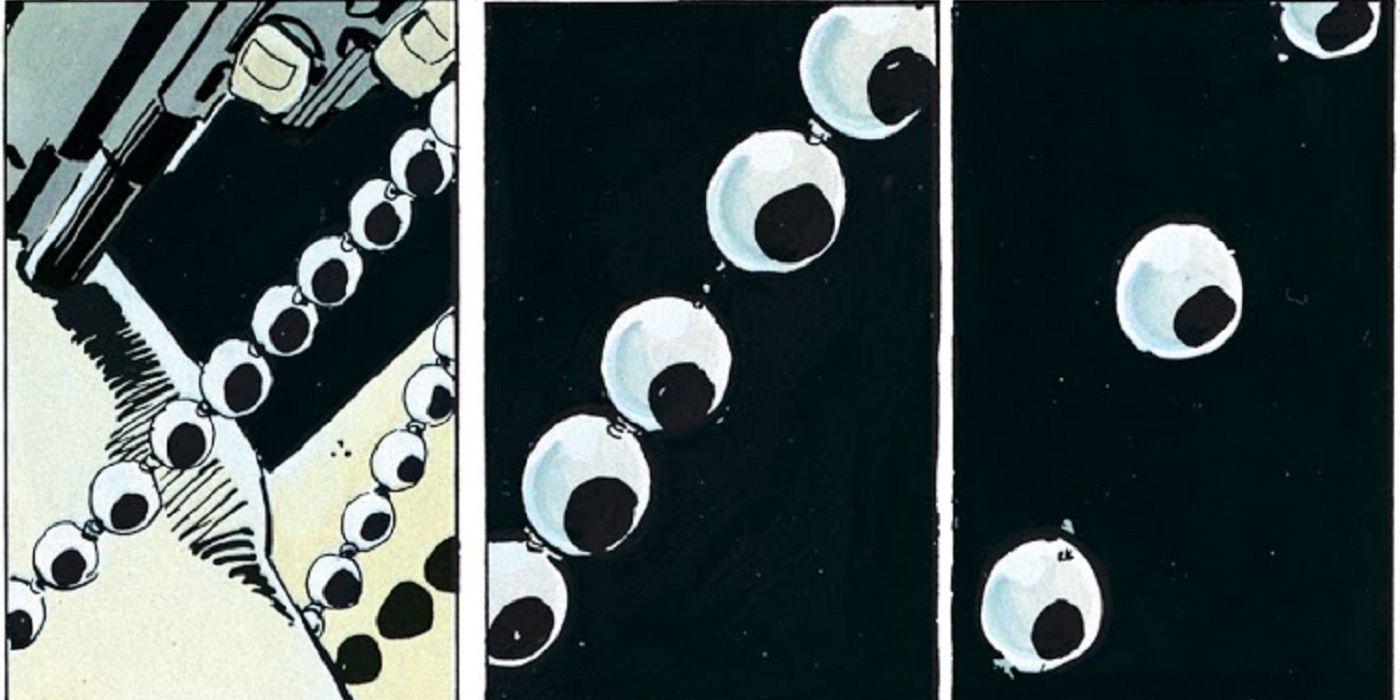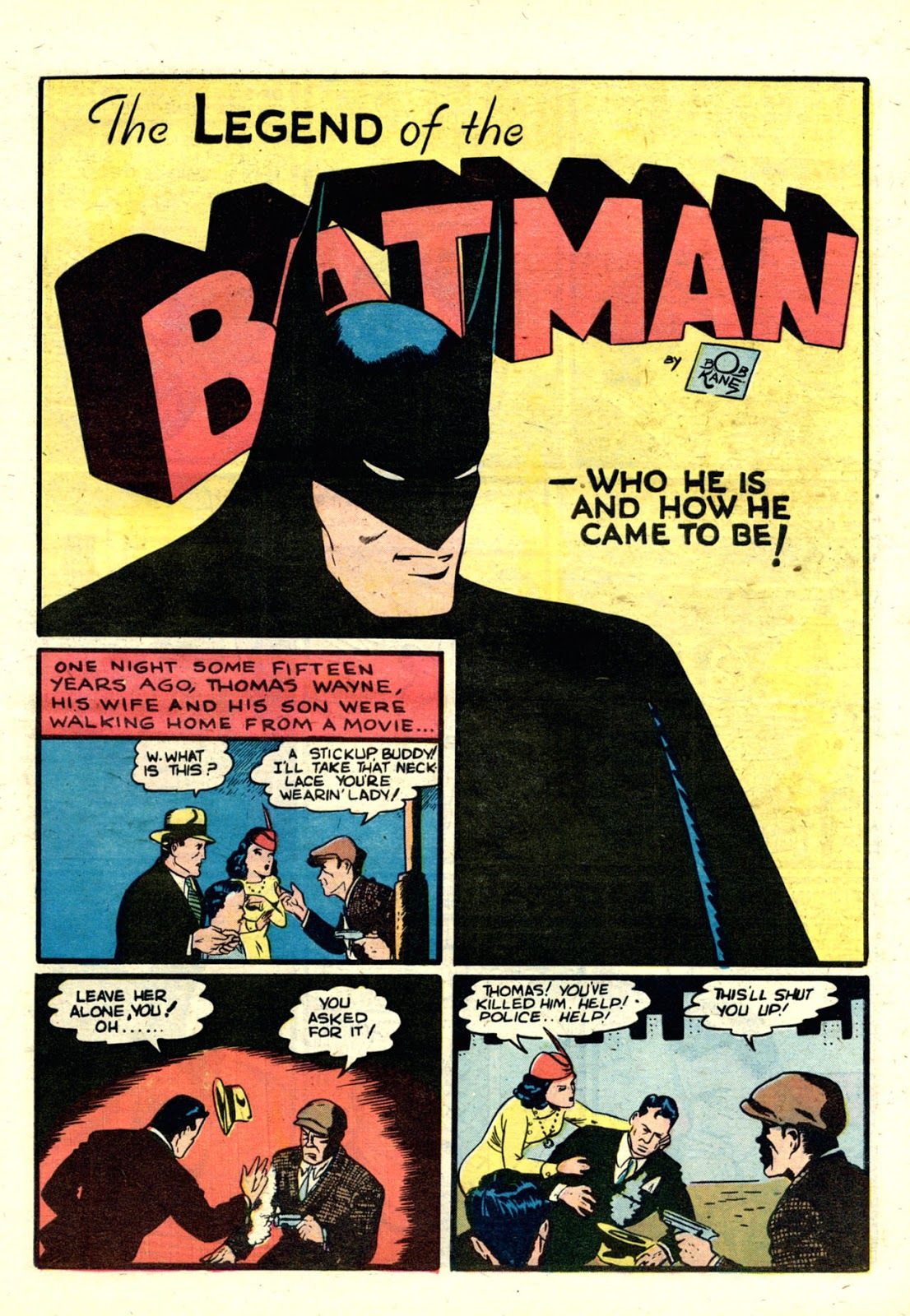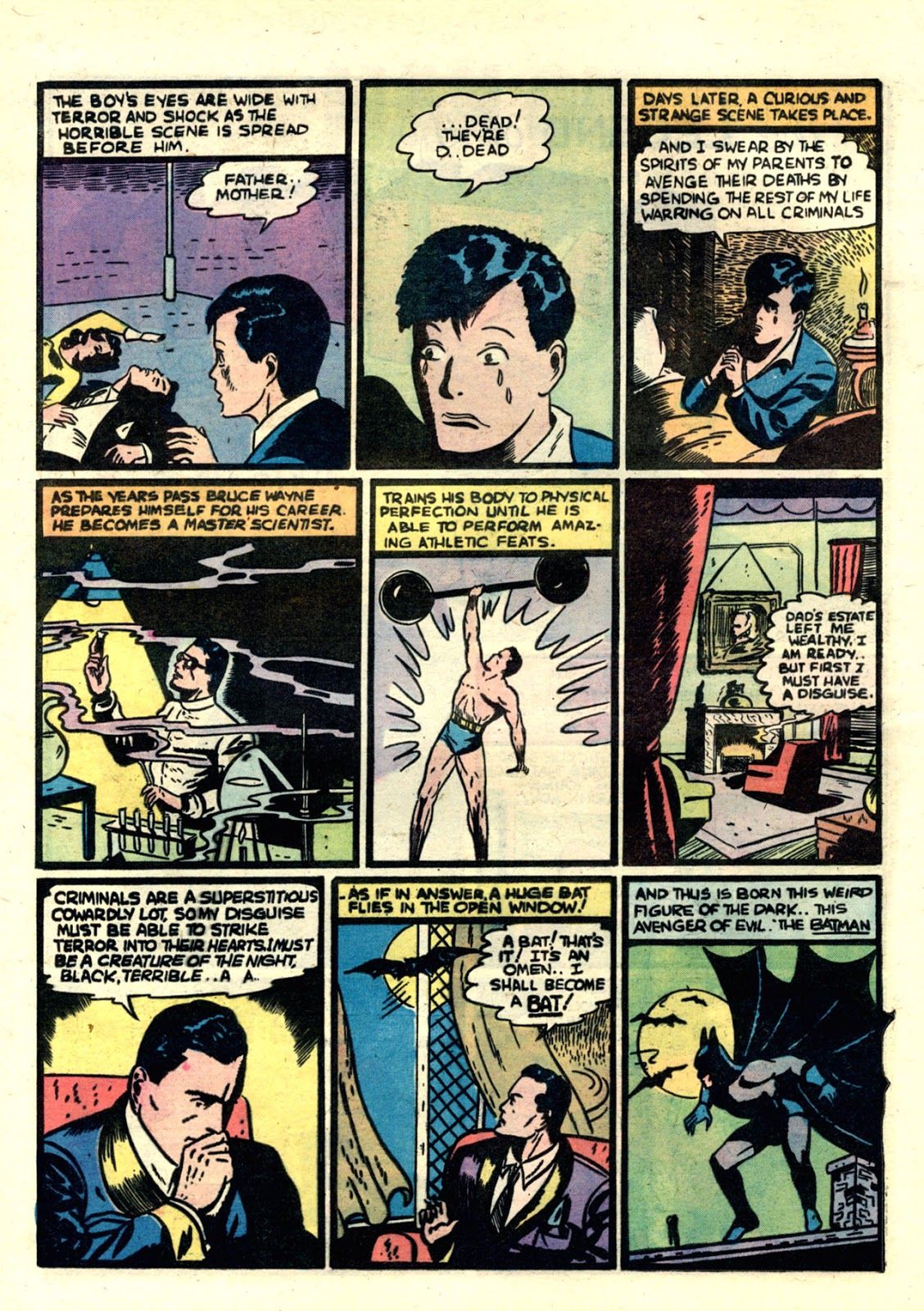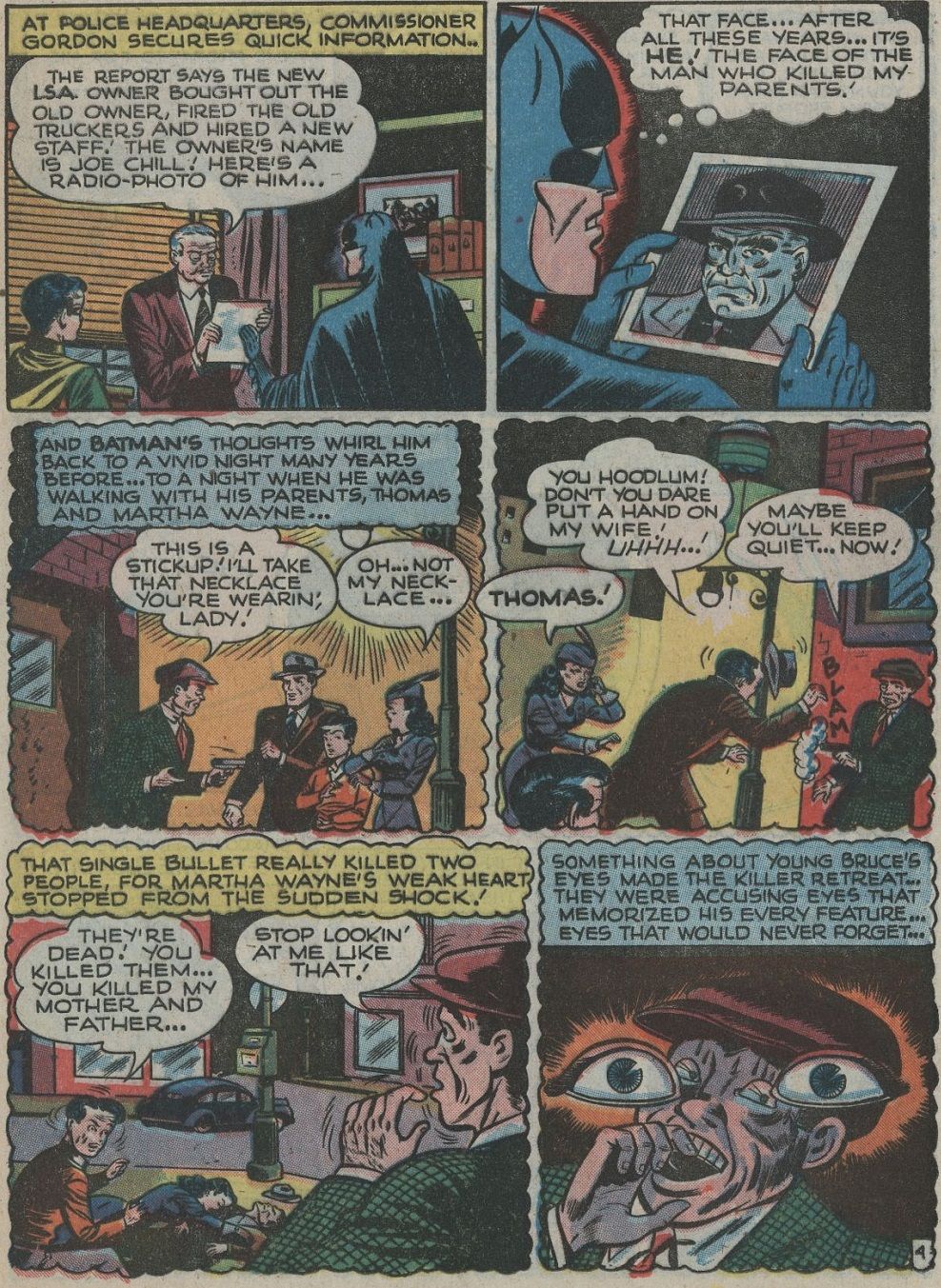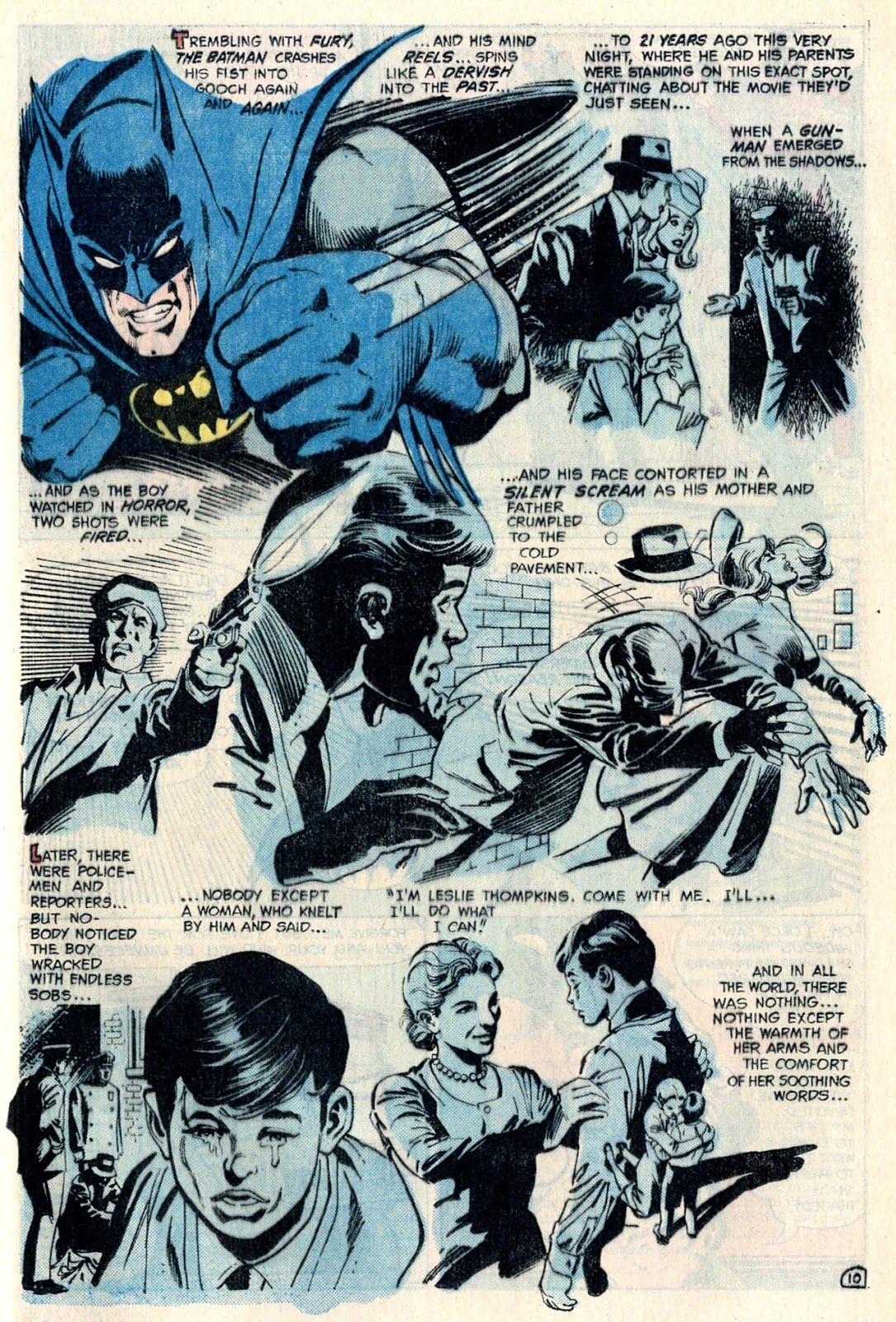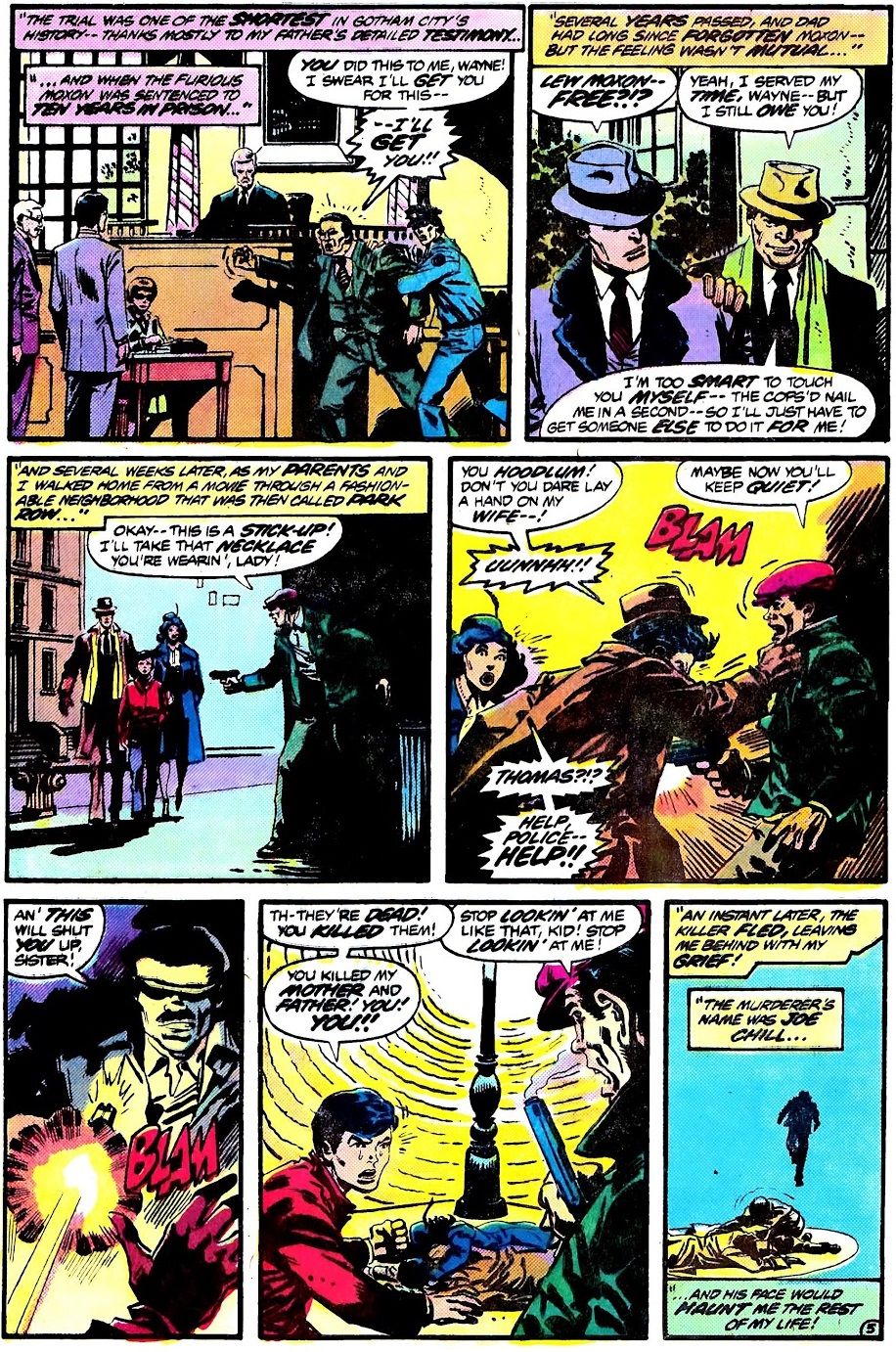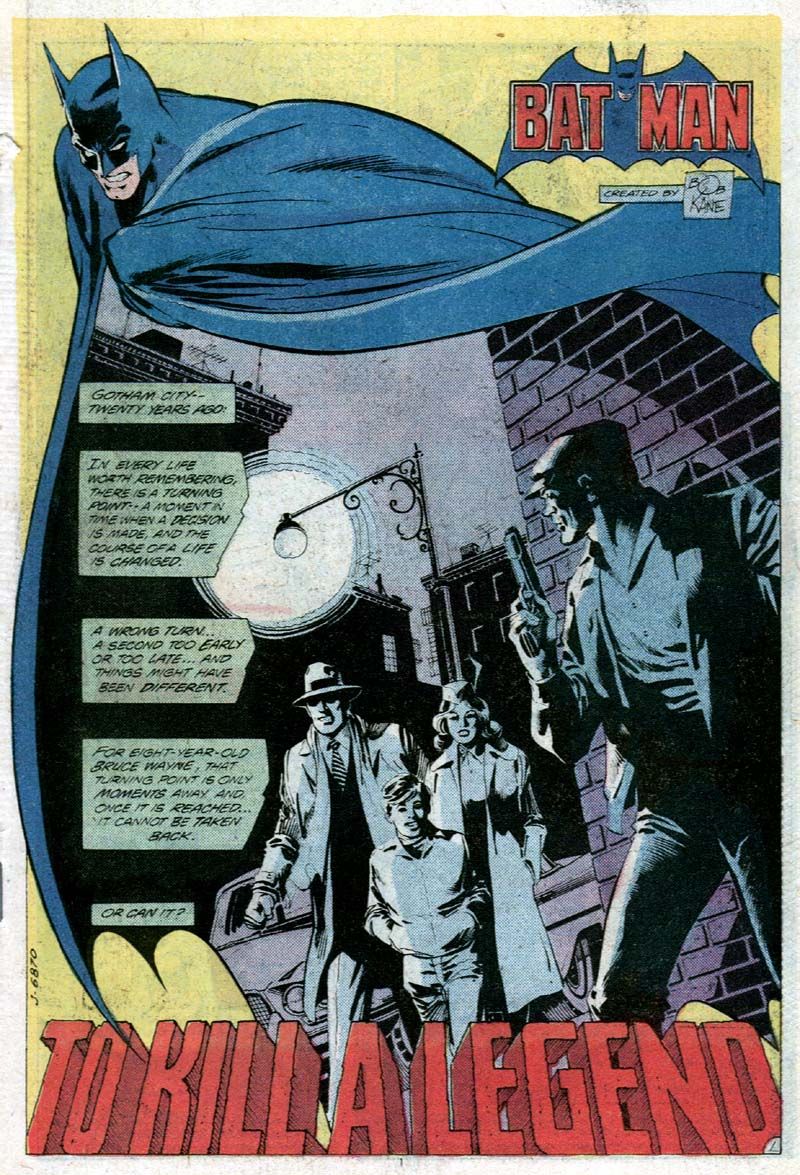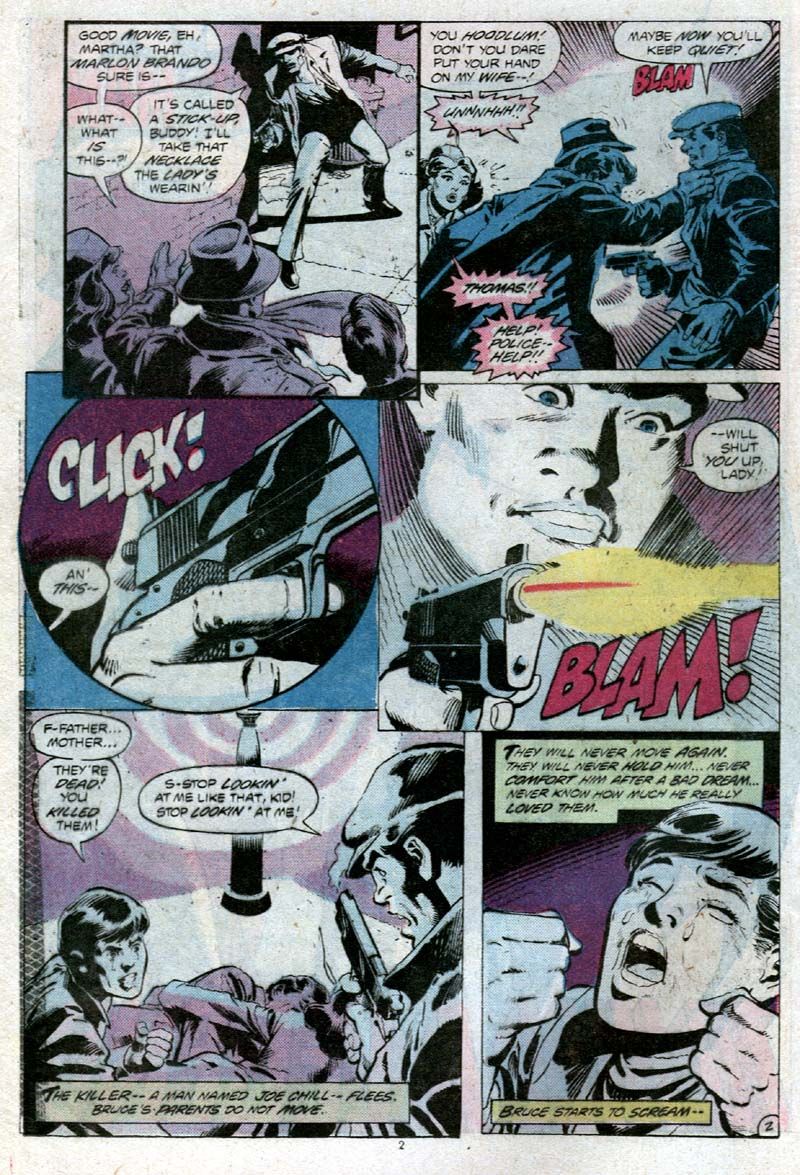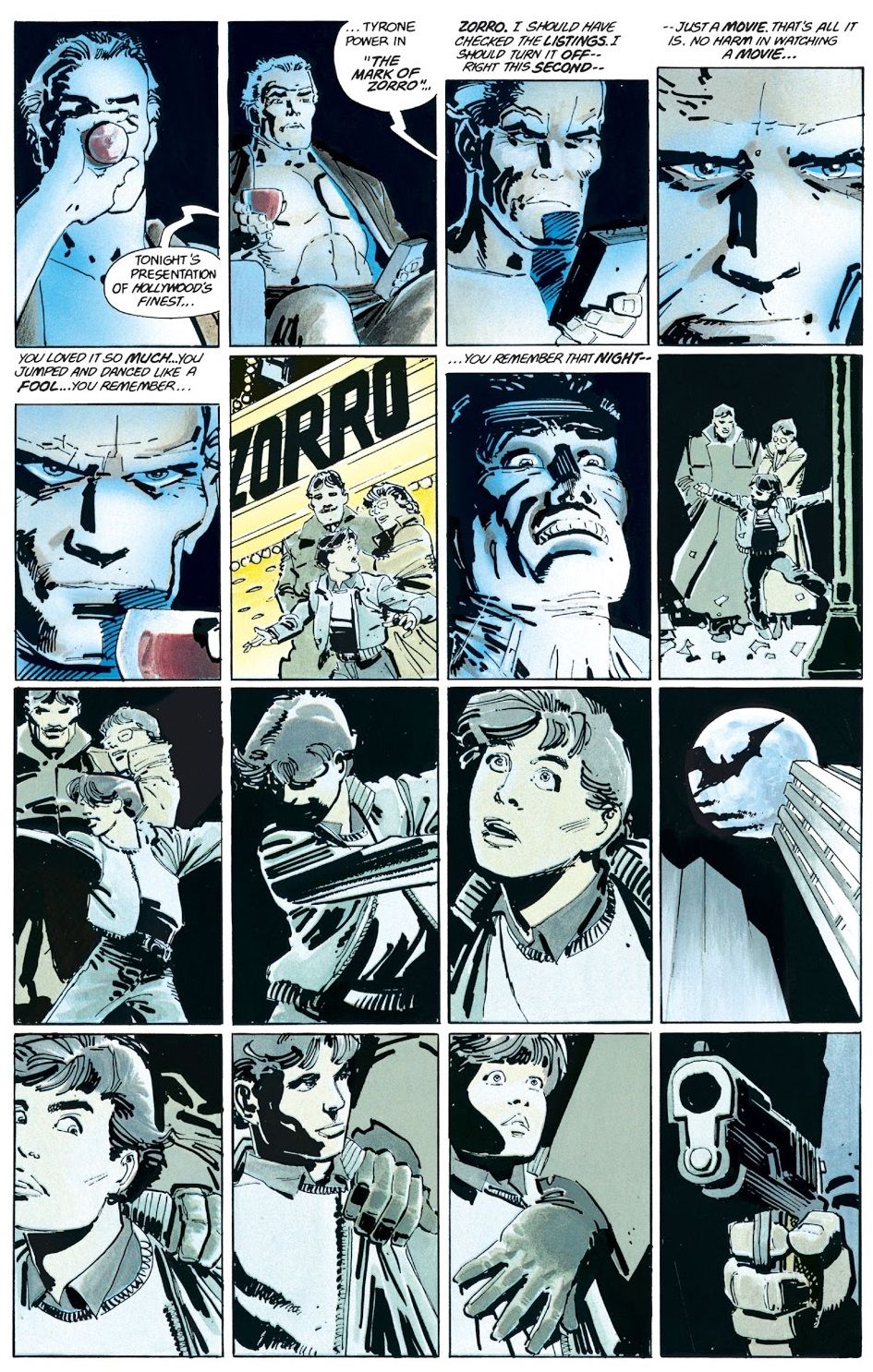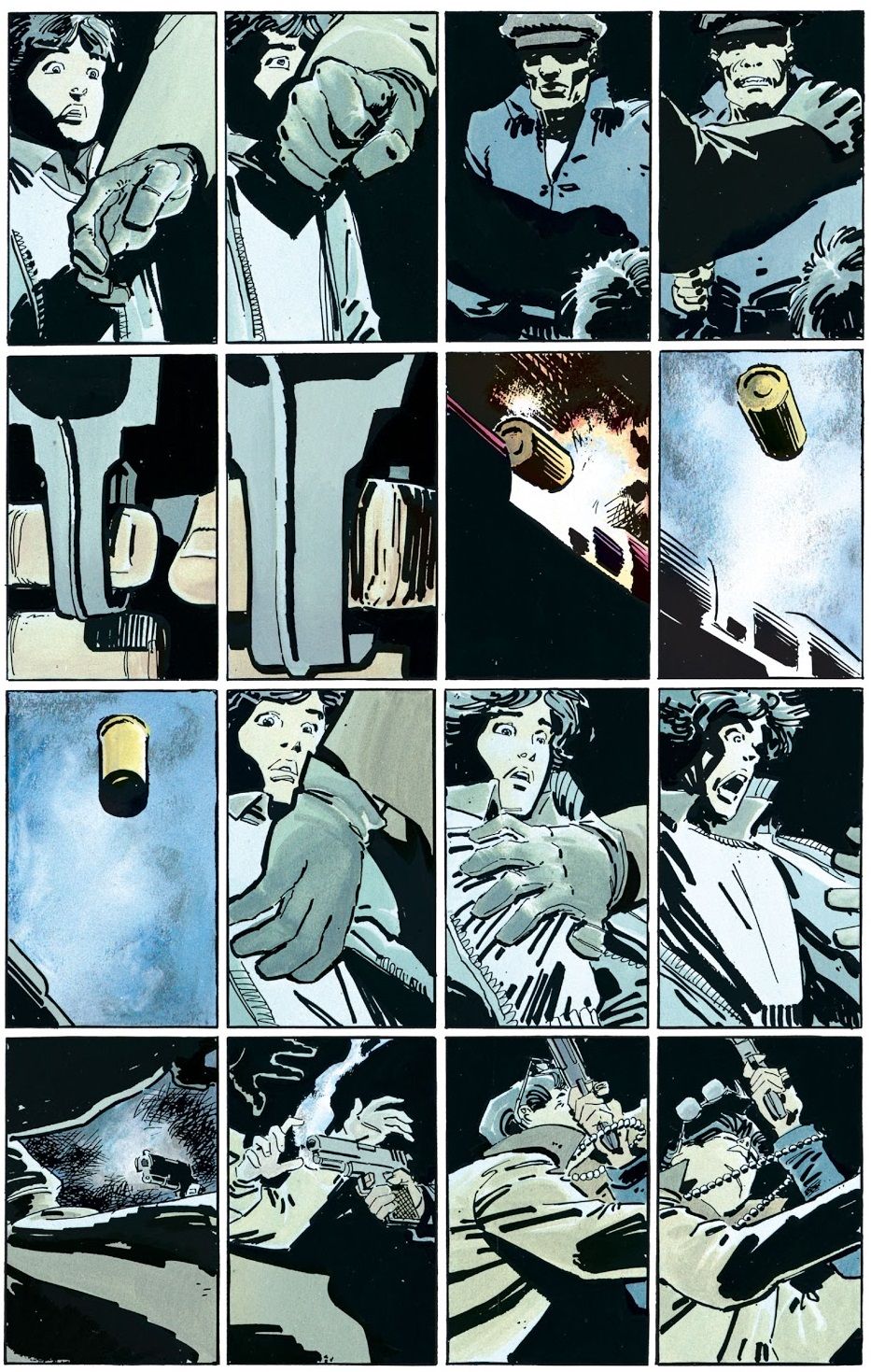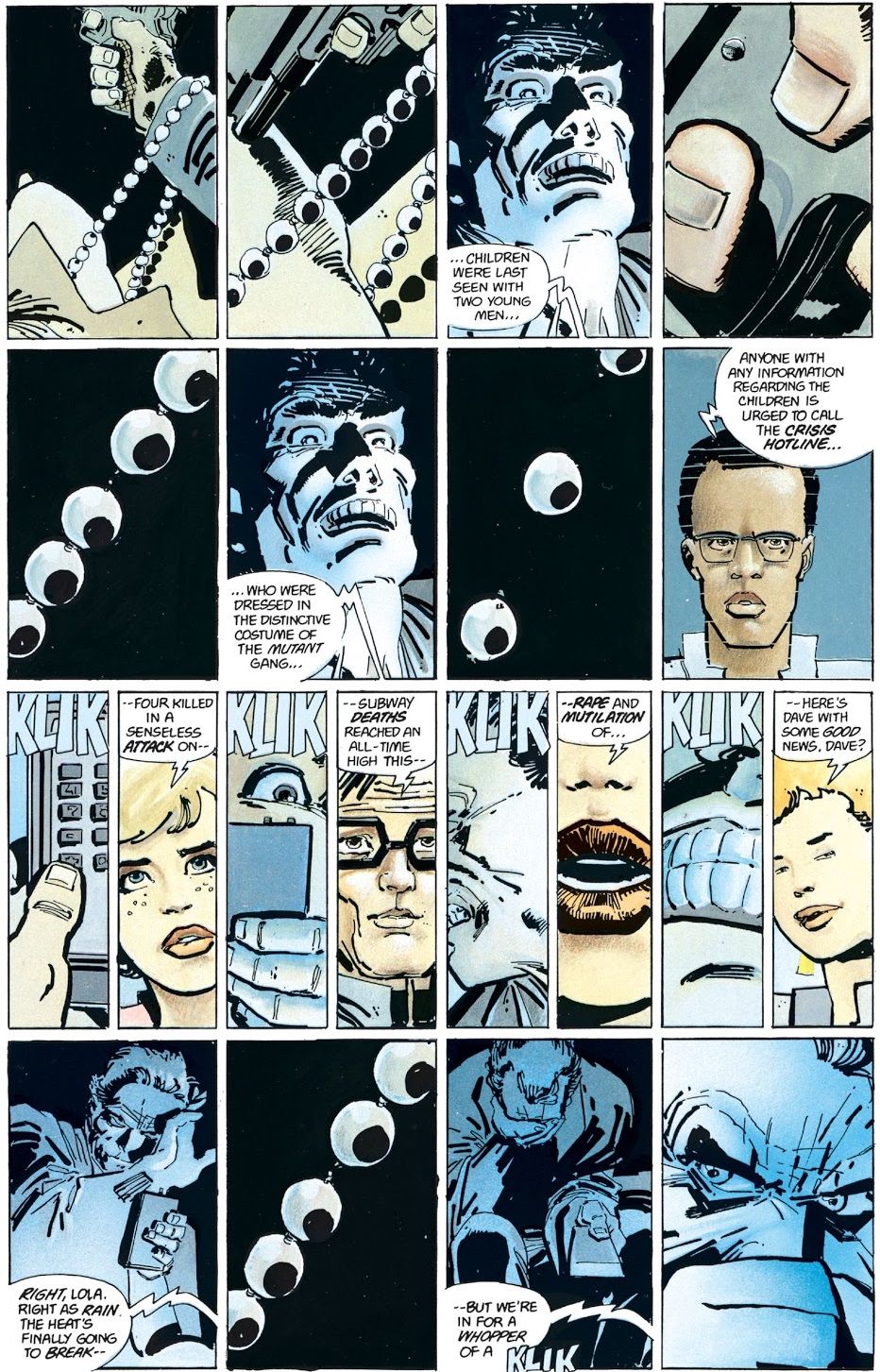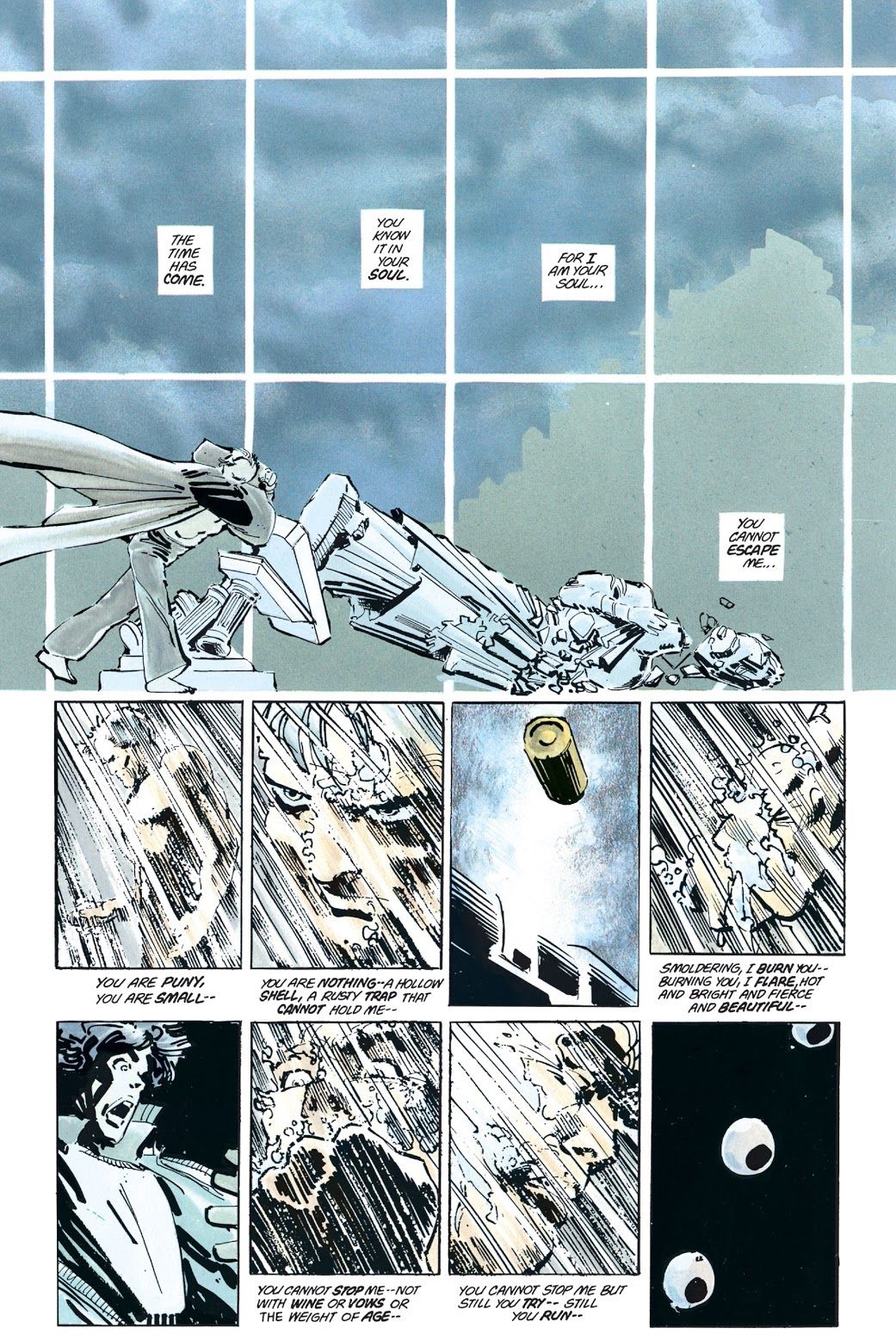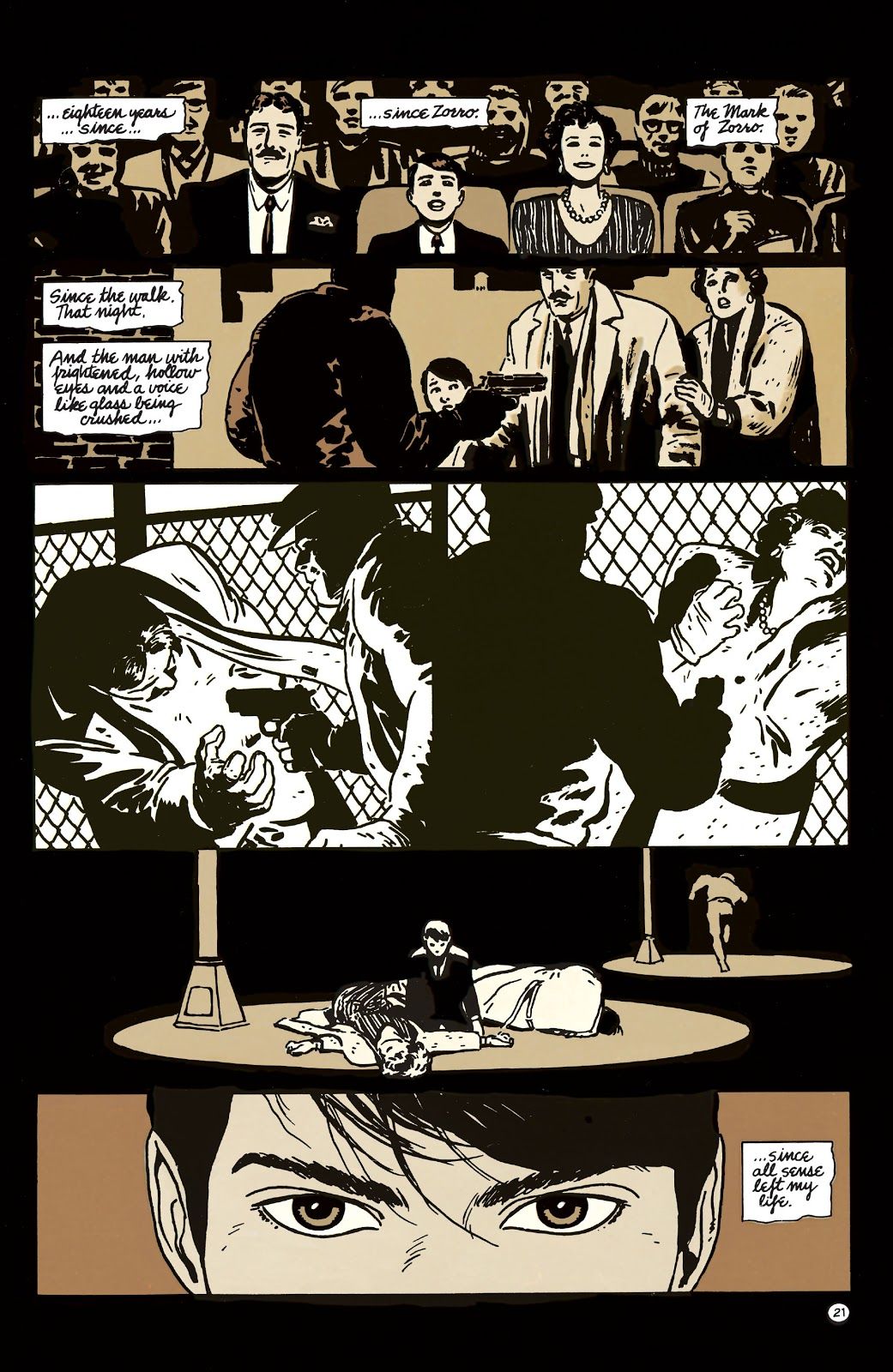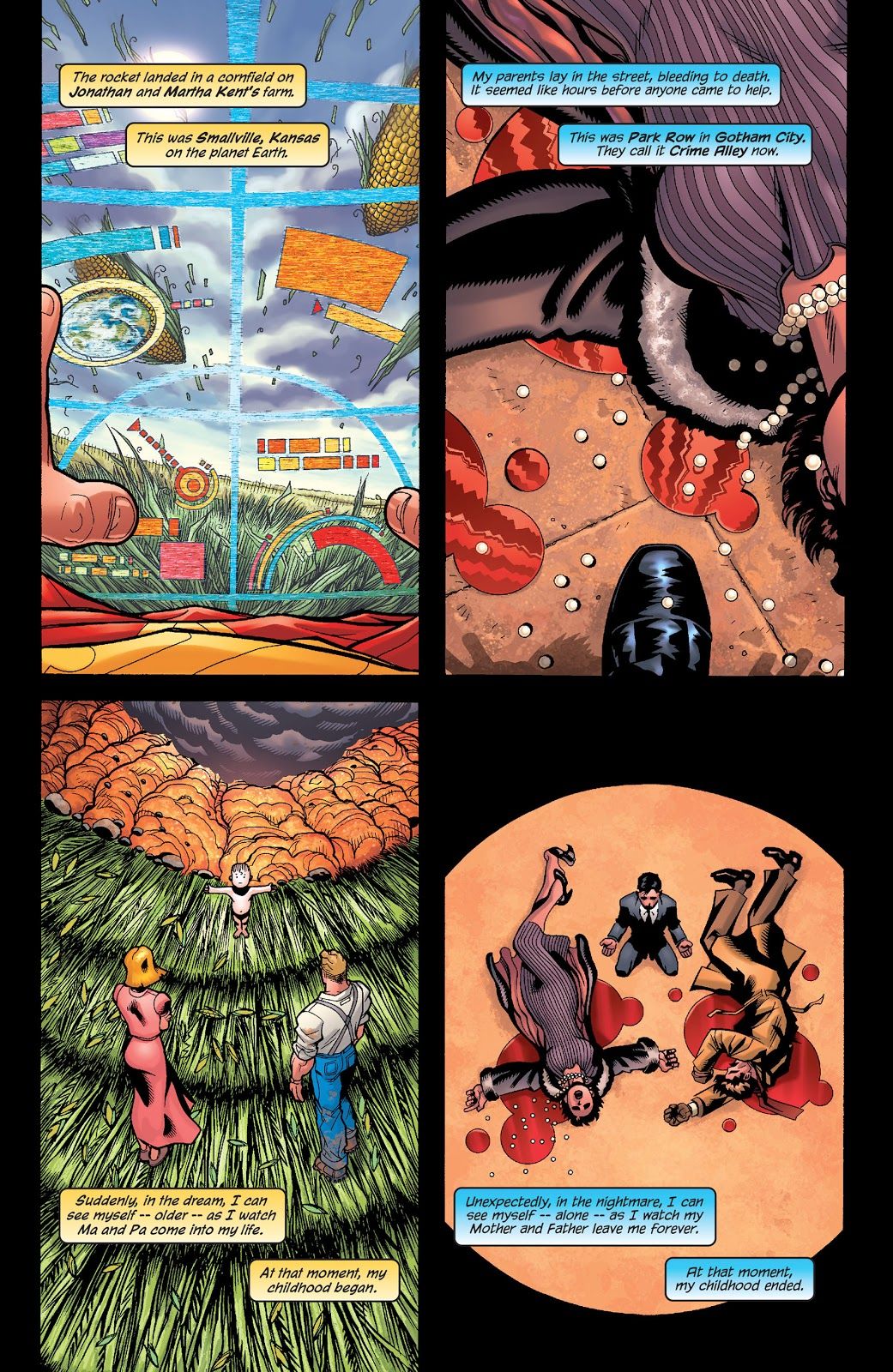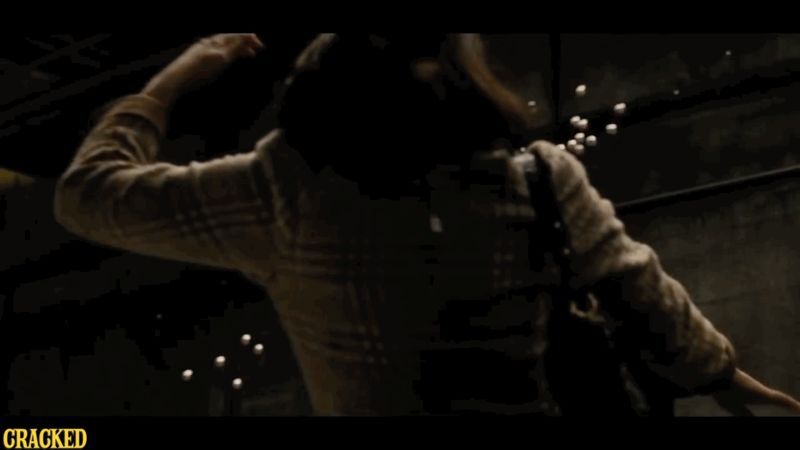This is "How Can I Explain?", which is a feature spotlighting inexplicable comic book plots.
Today, based on a suggestion by reader BJ W. (using just people's last initial when their first name is also initials looks kind of weird, right?), we look at how the iconic "Pearl Scene" in Batman's origin doesn't really work.
Interestingly, this allows us to pretty much just revisit the same discussion that I had a while back when I did an article about when the Waynes first went to the movies before their murder.
Just like with the Waynes attending "Mark of Zorro" before their death, a lot of what we think about in terms of the iconic aspect of Batman's origin were not actually present in that original origin.
We begin with Batman #1 and Batman's first origin by Bill Finger and Bob Kane (I like Batman #1 better than the original origin in Detective Comics #33 because they change the first panel so that it is not a teaser for the main story from Detective Comics #33. It always kind of weirds me out that Batman's first origin has a big panel for an unrelated story at the start of the page)
Note that Martha Wayne clearly IS wearing a necklace in this story, but it doesn't appear to be a pearl necklace and it does not break (in fact, it might have been stolen by the killer - I can't really see it clearly in the panel where the Waynes are dead)...
The next revisiting of Batman's origin was in Batman #47 (by Bill Finger, Bob Kane and Charles Paris - one of the, if not THE, last Batman stories that Bob Kane ever drew on his own. He would contribute Batman and Robin drawings to the stories for a little while before officially bowing out entirely) and it looks like Martha is wearing some sort of necklace, but I can't tell what....
It definitely doesn't break.
What is interesting about the 35th anniversary of Batman in the classic "There Is No Hope in Crime Alley" from Detective Comics #457 (by Denny O'Neil and Dick Giordano, the story that both established "Crime Alley" as part of Batman's origin and the introduction of Dr. Leslie Thompkins) is that Martha is not wearing a pearl necklace, but Leslie Thompkins IS!
In The Untold Legend of Batman #1 (by Wein, John Byrne and Jim Aparo), the necklace is back and it looks like it MIGHT be a pearl necklace...
But no broken necklace.
A year later, Alan Brennert and Dick Giordano's classic "To Kill a Legend" in Detective Comics #500 is vague about whether Martha is wearing a necklace or not...
So, like most of the most famous views of the deaths of the Waynes, it is Dark Knight Returns #1 (by Frank Miller and Klaus Janson) that shows the introduction of Martha Wayne's pearl necklace and it breaking...
What's interesting, though, looking at this scene, is that Miller plays it fairly subdued in how MUCH Martha's necklace breaks. We only know for sure that two pearls broke off from the necklace.
It's also interesting to see Miller and David Mazzucchelli eschew the pearl scene in their version of the Wayne's death in Batman: Year One...
However, in the years that have passed, Martha's necklace essentially bursting all over the place has been the definitive take on the origin, from other comics (like Batman/Superman #1)...
to films...
Here's the thing - real pearl necklaces don't work like that.
Page 2: [valnet-url-page page=2 paginated=0 text='What is pearl knotting?']
I will let JewelryNotes.com explain the issue...
What Is Pearl Knotting?
Pearl knotting is the practice of tying knots between the pearls strung in a necklace. Next time you are looking at a pearl strand, take a closer look at the cord. Chances are you will see knots between the pearls on it.
Why Are Pearls Knotted?
One of the reasons to knot pearls is to keep all of them from falling off the strand if it breaks.
If that happens, the knots will ensure that no more than one or two pearls drop on the floor instead of all at once.
Knotting is also done for another reason, which is no less important.
When pearls are strung on a strand, the adjacent ones will touch, and after some time, the rubbing will result in damage to the pearls’ surface. To prevent their shell from chipping, pearls are often separated by knots.
Not all pearls are knotted, though. Fake pearls usually don’t have a surface that is as sensitive to pressure and rubbing, and that’s why they don’t need knots. Often, low-quality pearls are also not knotted.
Now, could Martha Wayne just have a cheap, fake pearl necklace? I guess so, but I doubt that's the intent. It's just an artistic flourish that doesn't necessarily make sense. That's fine, but it's just interesting, as BJ noted out to me.
Thanks for the suggestion, BJ! If anyone else can think of a good inexplicable comic book plot, write me at brianc@cbr.com!

